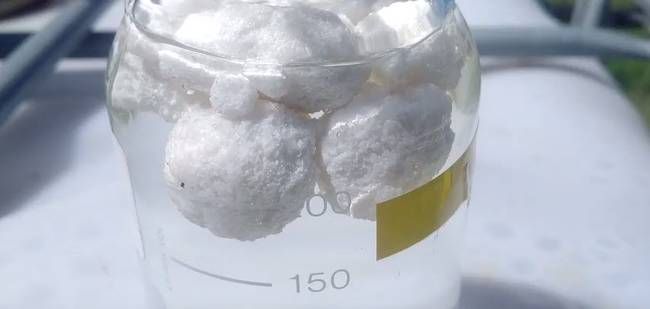Water 3.0 Solves Problems of Microplastics and Pharmaceuticals in Wastewater
Published on by Water Guardian Research in Technology
Lund University reported that microplastics cross the blood-brain barrier to accumulate in the brains of fish, and this build-up may be related to behavioral disorders in fish, including slower eating and less exploration of their environments.
This report adds to news that
- fish may be drawn to eating plastics by the smell,
- ten percent of all plastic ends up in the oceans where samples indicate that 5 trillion pieces of plastic lurk,
- 94% of tap water samples have microplastic contamination, and
- fish near wastewater treatment plant outflows suffer kidney damage and feminization.
 Standard wastewater treatment plants cannot deal with the flood of microplastics. Many plastic fibers and particles are too small for cost-effective filtration methods, and they are neutral, having no properties that allow them to be collected easily out of waste waters. Some microplastic gets caught up in the grease and fats skimmed off of wastewater, or settle out into the sludge, but a lot of plastic still gets discharged into surface waters. Options like sand filtration can catch the particles, but they just end up in the water again when the filters are backflushed so they can continue to work effectively.
Standard wastewater treatment plants cannot deal with the flood of microplastics. Many plastic fibers and particles are too small for cost-effective filtration methods, and they are neutral, having no properties that allow them to be collected easily out of waste waters. Some microplastic gets caught up in the grease and fats skimmed off of wastewater, or settle out into the sludge, but a lot of plastic still gets discharged into surface waters. Options like sand filtration can catch the particles, but they just end up in the water again when the filters are backflushed so they can continue to work effectively.
The problem with drugs arises because very low quantities consumed constantly may still be harmful, so even if only a low percentage of the drugs in wastewater get through, a lifetime of exposure to this dilute cocktail of active chemicals poses a threat. With increased drug use by an aging population, the problem will only worsen.
The simple fact is: waster water treatment technology was never designed to manage these complex new challenges.
A project called Water 3.0 (Wasser 3.0) is gaining recognition and earning awards for both raising the profile of these serious issues and for working on the chemistry of new solutions to the problems. Led by Jun.-Prof. Dr. Katrin Schuhen at the University of Koblenz-Landau Organic and ecological chemistry department, the group works on the next generation technologies needed to treat microplastics and pharmaceuticals in wastewater.

Image: Wasser 3.0 www.wasserdreinull.de/Screen capture
Their experiments with hybrid silica gels show great promise. The pharmaceutical molecules chemically react with the gels, securely separating them from water. Microplastics are treated with a gel that promotes the formation of clumps, that grow into lumps as big as ping pong balls that float on the surface of the treatment basin, allowing for ease of separation.
The separation of the silica gel material from the water ensures that the water contaminants can be permanently and effectively disposed. The silica gel can be recycled, giving the process a more positive lifecycle eco-balance and keeping it cost effective.
The process is now in its first tests in cooperation with a wastewater treatment facility. Retrofitting of wastewater treatment plants to use new technologies to solve these new problems will become essential once proven technologies are available.
Learn more about the problems, the technical solutions, and what you can do to reduce these water pollutants at water 3.0 (English).
Source: Tree Hugger
Attached link
http://www.youtube.com/embed/xelfQxbWCzoMedia
Taxonomy
- Treatment
- Treatment Methods
- Chemical Treatment
- Wastewater Treatment
- Water Treatment Solutions
- Polymers & Plastics
- water treatment
- plastic pollution
- microplastics